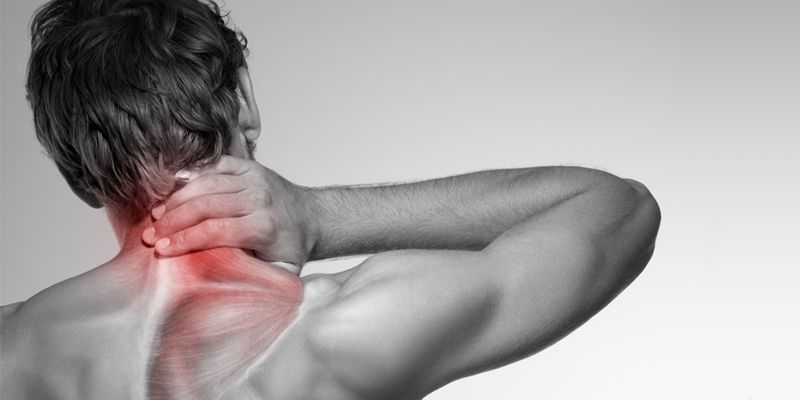
Ideally, from a side view, your ear should line up with your shoulders. The cervical spine (the vertebrae in your neck) has a small curve or lordosis which is there to help with movement and absorb any shock or force through the spine. Forward head and neck posture happens when the head moves in front of the shoulders.
Activities such as smart phone usage (see our article on Text Neck), sitting at a desk or driving often unconsciously puts us into a Forward Head and Neck posture. Once the head starts to move forward, the rest of the upper body typically follows: shoulders slump, the upper back rounds and the cervical curve flattens. This can lead to long-term postural changes in the upper body as well as problems in the lower body as the muscles make compensations for the less optimal posture in the upper body.
If you are constantly or frequently in a forward head and neck position, eventually the muscles will begin to compensate for this position. You can develop a “hump” in the upper back, which can lead to a lot of other changes in the lower body, including:
As the head and neck move forward, the cervical spine curve flattens. This makes it harder for the spine to absorb any shock or force and protect your spinal cord.
A human head generally weighs about 10-12 pounds, but the more you bend your neck while looking down, the force on the head will increase the weight into the spine. The spine isn’t made to carry that load for any amount of time. If you are in that position for any length of time, you can really be doing damage to the joints, nerves, and discs in the cervical spine. This can lead to conditions including:
Forward Head and Neck Posture can change more than just your posture. It can also change the muscles, myofascial tissue and the joints. Both the position and chronic irritation/pain affects the musculature.
The muscles will compensate to adjust for being in an Forward Head and Neck Posture position. When the head moves forward, the back of the head/neck muscles shortens and the front of the chest/neck gets longer. If these muscles have been in this position for an extended period of time, you will need more than simple exercises to treat the muscles. Often, manual work is necessary to break up the tissue.
If you have chronic, localized pain for an extended period of time, the fascia will respond to it. The fascia and muscles will “guard up” and become tight as a result of the constant irritation.
It’s important to get the tissue to start lengthening by working on the myofascial tissue and trigger points with manual work. You also need to strengthen, stretch and reeducate the muscles to coordinate properly to help adjust your posture and move your head back to the proper position.
Are you experiencing symptoms from Forward Head and Neck position? Click here to schedule complimentary phone consultation with one of our physical therapists.


